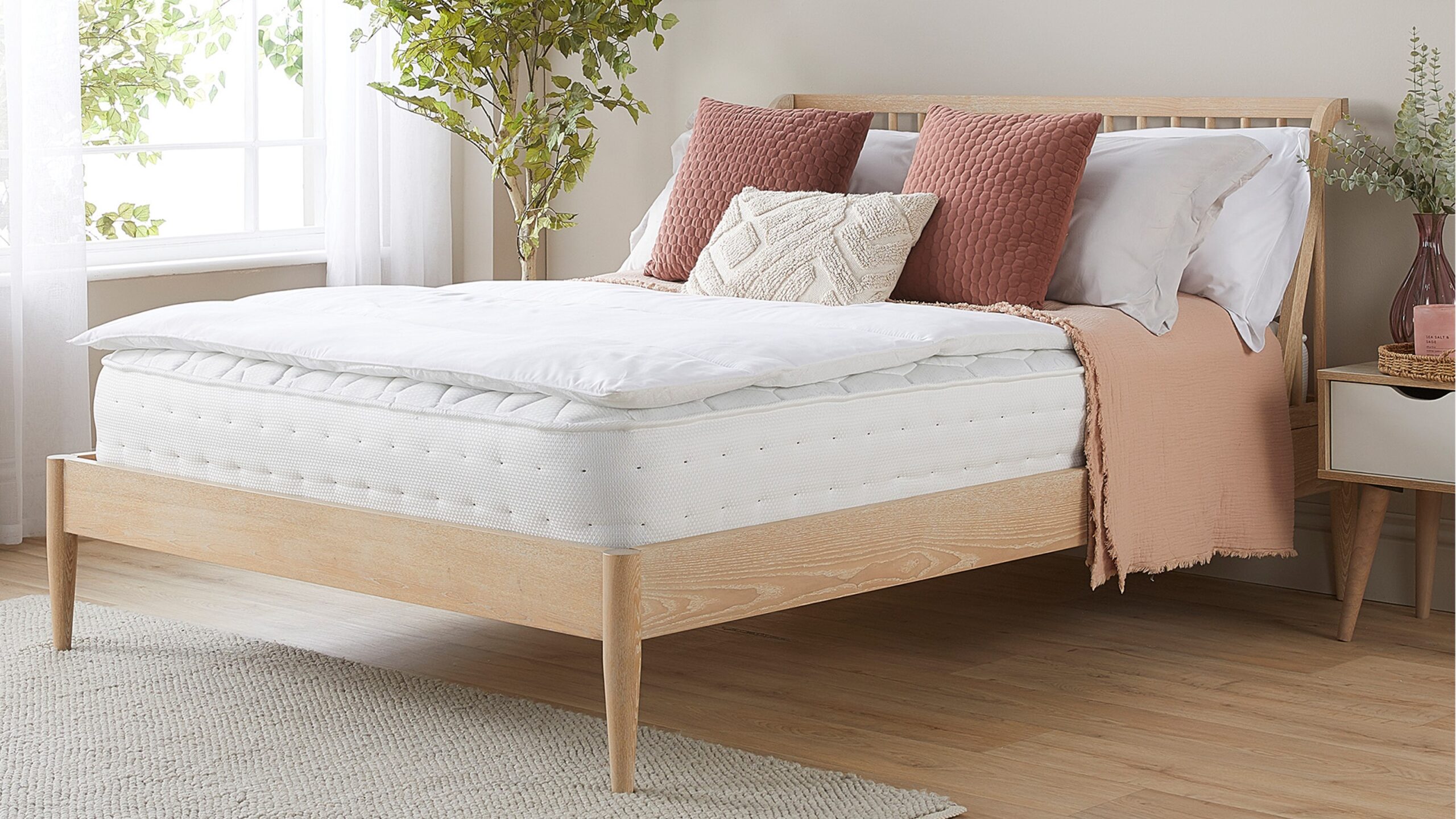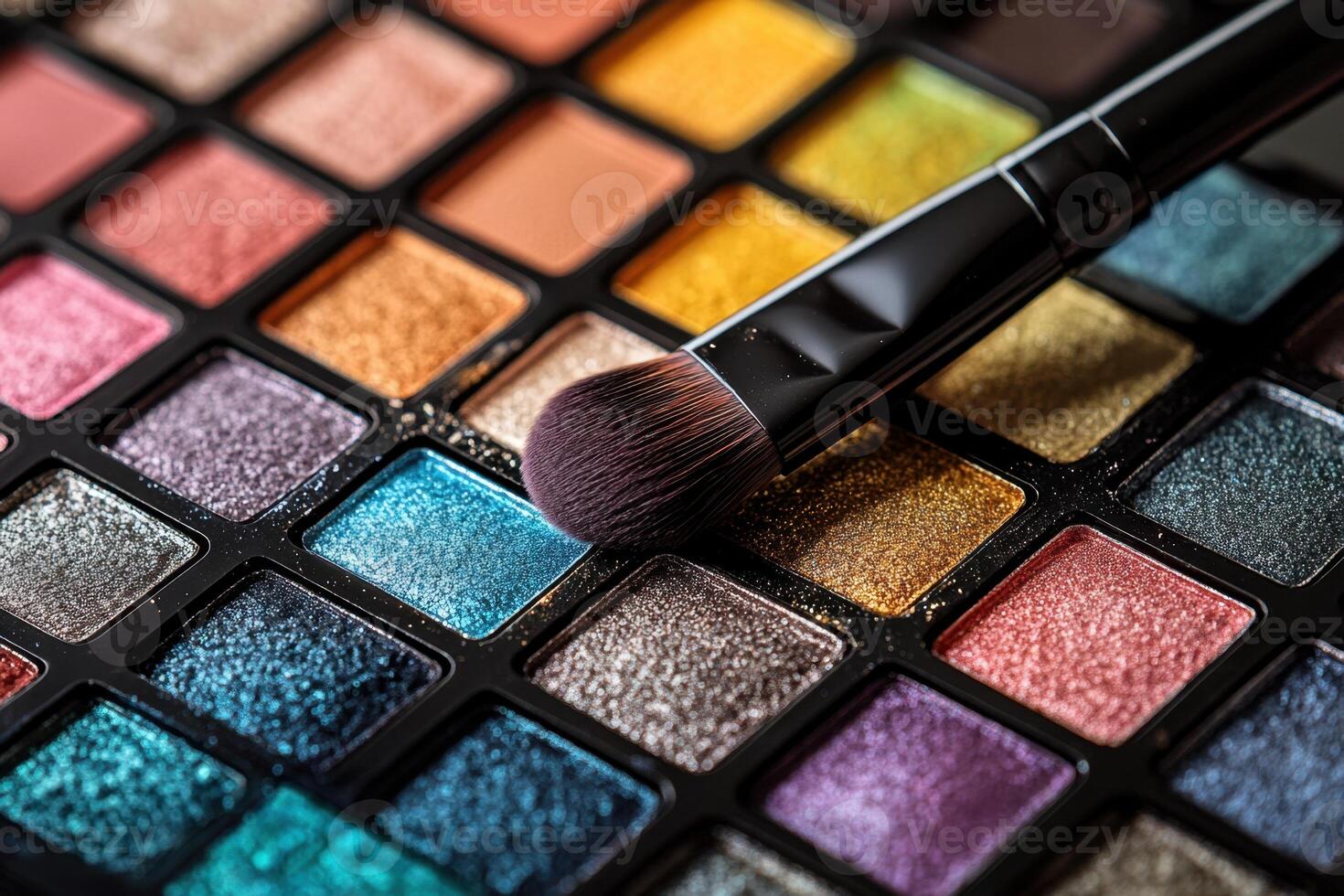A good night’s sleep is often said to be the foundation of overall health. Yet, many people continue to struggle with issues like back pain, heat retention, a sagging mattress, or simply a lack of comfort. This is where mattress toppers come in. Mattress toppers have become increasingly popular in recent years as an affordable, non-invasive solution for improving sleep quality. But what exactly are mattress toppers? Do you really need one? And how do they impact your overall sleeping experience?
In this comprehensive article, we’ll take a point-by-point look at mattress toppers, their types, benefits, drawbacks, buying tips, and whether investing in one can genuinely improve sleep.
1. Introduction to Mattress Toppers
A mattress topper is a thick, removable layer added on top of your existing mattress to improve comfort, support, or durability. It acts as an additional cushioning layer that enhances the sleeping surface without requiring you to buy a new mattress. Many people use mattress toppers to fix issues like firmness, sagging, heat retention, or lack of pressure relief.
In simple terms, a topper works like a “comfort upgrade” for your mattress. While mattresses themselves can be expensive, a topper is much more affordable and can provide noticeable improvements for many sleepers.
2. What Exactly Is a Mattress Topper?
A mattress topper is usually 1–4 inches thick and made from materials like memory foam, latex, polyester, cotton, feathers, or wool. It sits directly on the mattress and is then covered by a bedsheet. Many toppers come with straps or elastic corners to keep them in place.
Mattress toppers should not be confused with mattress pads or protectors:
- Mattress Topper: Adds comfort and support.
- Mattress Pad: Adds minimal softness and protects the mattress from spills.
- Mattress Protector: Shields against allergens, bed bugs, and moisture, but does not add comfort.
So, a topper’s primary job is to enhance comfort—not protection.
3. Why Do People Use Mattress Toppers? (Main Purposes)
People typically choose mattress toppers for several reasons:
(a) To Increase Comfort
If a mattress is too firm, too thin, or lacks cushioning, a topper can make it softer and more comfortable.
(b) To Provide Pressure Relief
Side sleepers especially benefit from toppers because they help cushion the shoulders, hips, and knees.
(c) To Improve Support
A sagging or worn-out mattress can be temporarily revived using a memory foam or latex topper that adds support.
(d) To Regulate Temperature
Hot sleepers often choose cooling gel foam, latex, or wool toppers to reduce heat retention.
(e) To Extend Mattress Lifespan
By reducing direct wear and tear, a topper can add years to your mattress.
(f) To Save Money
Instead of spending thousands on a new mattress, a topper can offer significant improvement at a fraction of the price.
4. Types of Mattress Toppers (Point-by-Point Guide)
There are multiple types of mattress toppers, each offering unique benefits. Choosing the right one depends on your sleeping style and comfort needs.
Memory Foam Mattress Toppers
Memory foam toppers are the most popular because they mold to your body shape, providing excellent pressure relief.
Benefits:
- Great for back and side sleepers
- Excellent pressure distribution
- Helps with joint pain
Drawbacks:
- Can retain heat
- May emit a smell when new (“off-gassing”)
Best For: People who want deep cushioning and joint relief.
Gel Memory Foam Toppers
These are memory foam toppers infused with cooling gel beads.
Benefits:
- Cooler than regular memory foam
- Good body contouring
- Helps reduce night sweats
Drawbacks:
- Slightly expensive
Best For: Hot sleepers who still want memory foam comfort.
Latex Mattress Toppers
Latex toppers are durable, bouncy, and naturally cooling.
Benefits:
- Long-lasting
- Good for back support
- Naturally breathable
- Hypoallergenic
Drawbacks:
- Higher price
- Heavier than foam
Best For: Back sleepers, hot sleepers, and those wanting eco-friendly options.
Feather & Down Mattress Toppers
These are filled with natural feathers or down feathers.
Benefits:
- Soft and luxurious feel
- Great for cushioning
- Very breathable
Drawbacks:
- Poor support
- Can cause allergies
- Requires frequent fluffing
Best For: People who want soft, hotel-like comfort.
Wool Mattress Toppers
Wool toppers are natural, breathable, and temperature-regulating.
Benefits:
- Excellent for temperature control
- Moisture-wicking
- Long-lasting
Drawbacks:
- Expensive
- Limited cushioning
Best For: People with allergies or temperature regulation issues.
Polyester / Fiberfill Toppers
These are the most budget-friendly and commonly available.
Benefits:
- Affordable
- Lightweight
- Machine-washable
Drawbacks:
- Least durable
- Minimal support
Best For: Quick comfort upgrades on a budget.
5. Benefits of Mattress Toppers (Comprehensive Breakdown)
Mattress toppers offer multiple advantages that can significantly improve your sleep experience. Let’s break it down and explore the major advantages in an easy-to-understand way.
Improves Mattress Comfort
A topper instantly changes how your mattress feels. Whether it’s too hard, too soft, or uneven, the right topper can make it comfortable again.
Helps With Back, Hip & Shoulder Pain
Memory foam and latex toppers are excellent for relieving pressure points. They align your spine properly and reduce tension.
Enhances Mattress Longevity
A topper absorbs much of the daily pressure and weight, reducing wear and tear on the mattress.
Temperature Regulation
Cooling toppers help hot sleepers stay comfortable throughout the night. Materials like latex, gel foam, and wool dissipate heat effectively.
Affordable Mattress Upgrade
Buying a topper is a cost-effective alternative to replacing your entire mattress. A high-quality topper can extend your mattress life by years.
Allergen Protection
Toppers made with wool, latex, or hypoallergenic materials can help reduce allergies caused by dust mites and bacteria.
6. Potential Drawbacks of Mattress Toppers
Even though toppers are useful, they aren’t perfect. Here are some limitations you should consider.
Temporary Solution Only
A topper cannot fix a severely damaged mattress. If your mattress has deep sagging, no topper can fully correct it.
Heat Retention (Foam Toppers)
Cheaper memory foam toppers can trap heat, making them uncomfortable for hot sleepers.
Movement or Slipping Issues
Lightweight toppers may move around, especially if they don’t have straps or anti-slip backing.
Maintenance Issues
Some toppers (e.g., feather or wool) require regular fluffing or special cleaning.
7. How to Know If You Really Need a Mattress Topper
Here are clear signs you may benefit from a topper:
(a) Your mattress is too firm or too soft
A topper adjusts firmness instantly.
(b) You feel pressure on shoulders, hips, or back
Memory foam and latex help reduce pain.
(c) You wake up feeling hot
Choose gel foam, latex, or wool.
(d) Your mattress is aging but not yet ready to replace
A topper can give it 1–3 more years of life.
(e) You want hotel-like comfort
Feather toppers offer that soft, plush feel.
(f) You frequently change sleep positions
Latex and memory foam toppers help stabilize body alignment.
If you relate to any of these, a topper is likely a good investment.
8. Choosing the Right Mattress Topper (Step-by-Step Guide)
Selecting the right topper requires attention to your sleep habits, mattress condition, and personal preferences.
Step 1: Identify Your Sleeping Position
Side Sleepers:
- Soft to medium toppers
- Memory foam preferred
Back Sleepers:
- Medium to firm toppers
- Latex or high-density foam
Stomach Sleepers:
- Firm, thin toppers
- Avoid thick memory foam
Step 2: Decide on Firmness Level
- Mattress too firm → Choose a soft topper
- Mattress too soft → Choose a firm latex topper
Step 3: Check Thickness
- 1–2 inches: Minor comfort upgrade
- 3 inches: Good for back pain relief
- 4 inches: Major transformation
Step 4: Consider Temperature Control
Choose cooling materials if you’re a hot sleeper:
- Gel foam
- Latex
- Wool
Step 5: Look for Durability & Warranty
High-quality latex and memory foam last longer than polyester.
9. How Mattress Toppers Improve Sleep Quality
Here is how toppers enhance the overall sleep experience:
(a) Better Body Alignment
The topper conforms to your natural spine curve, reducing pain and stiffness.
(b) Reducing Tossing & Turning
Pressure relief means you won’t constantly shift positions.
(c) Minimizing Motion Transfer
Foam toppers absorb movement, helping couples sleep without disturbance.
(d) Temperature Balancing
Cooling materials prevent overheating, a major reason for disrupted sleep.
(e) Improved Mattress Hygiene
A topper acts as a protective barrier, and some materials naturally resist dust mites.
10. Do You Really Need a Mattress Topper? (Final Verdict)
Whether you “need” a mattress topper depends on your sleep quality and mattress condition.
You definitely need a mattress topper if:
- Your mattress feels uncomfortable
- You experience body pain
- You sleep hot
- You want better comfort without buying a new mattress
You may not need a topper if:
- Your mattress is severely sagging
- You already have a premium mattress with good support
- You prefer a firmer sleeping surface
In most cases, a topper is a smart and affordable investment for better sleep. It offers comfort, support, cooling, and improved durability—all at a fraction of the cost of a new mattress.











